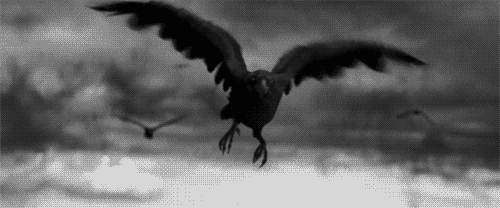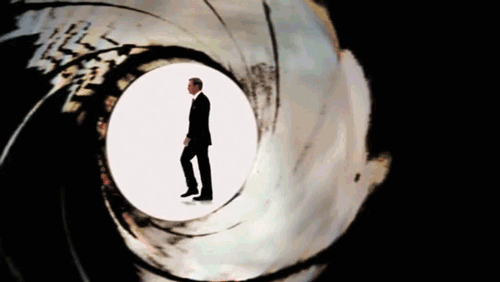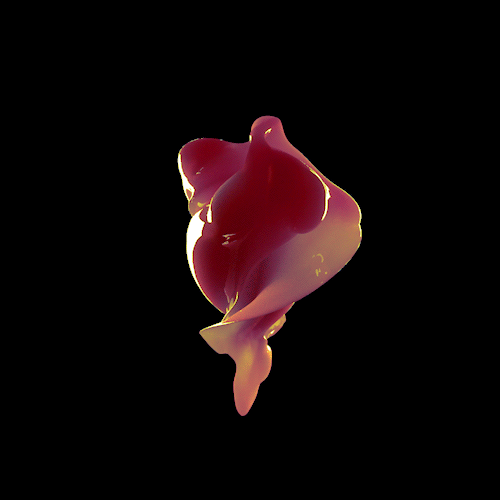The Dancing Plague (or Dance Epidemic) of 1518 was a case of dancing mania that occurred in Strasbourg, France (then part of the Holy Roman Empire) in July 1518.
Numerous people took to dancing for days without rest over the period of about one month. The outbreak began in July 1518, when a woman, Frau Troffea, began to dance fervently in a street in Strasbourg. This lasted somewhere between four to six days. Within a week, 34 others had joined, and within a month, there were around 400 dancers. Some of these people eventually died from heart attack, stroke, or exhaustion.
Historical documents, including "physician notes, cathedral sermons, local and regional chronicles, and even notes issued by the Strasbourg city council" are clear that the victims danced. It is not known why these people danced to their deaths.
As the dancing plague worsened, concerned nobles sought the advice of local physicians, who ruled out astrological and supernatural causes, instead announcing that the plague was a "natural disease" caused by "hot blood." However, instead of prescribing bleeding, authorities encouraged more dancing, in part by opening two guildhalls and a grain market, and even constructing a wooden stage. The authorities did this because they believed that the dancers would only recover if they danced continuously night and day. To increase the effectiveness of the cure, authorities even paid for musicians to keep the afflicted moving. Some of the dancers were taken to a shrine, where they sought a cure for their affliction.
























No comments:
Post a Comment